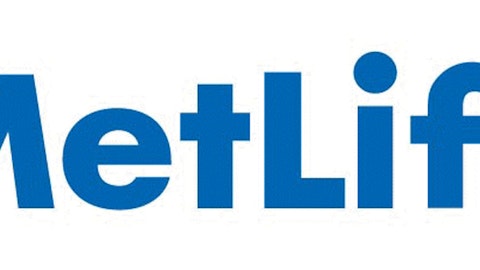To reach a liquefied state, natural gas must be chilled to minus 260-degrees Fahrenheit. That’s likely to be close to the emperature that Exxon Mobil Corporation (NYSE:XOM) workers will encounter when they initiate operations with ROSNEFT OIL CO (OTCMKTS:RNFTF) in the Russian Arctic.
But the liquefaction process can be conducted offshore, permitting LNG processing in otherwise excessively remote locations. For instance, Royal Dutch Shell plc (ADR) (NYSE:RDS.B) is creating a vessel specifically for that purpose. It’ll likely cost as much as $12.5 billion and will exceed the size of an aircraft carrier by sixfold. It’s slated for duty about 125 miles off the Australian coast.
If that’s too big for your taste, you should know that in April General Electric Company (NYSE:GE) unveiled Its new “LNG In A Box.” The unit is a small scale, plug-and-play, and redeployable. It can be used for the production and use of LNG for long-haul trucking and remote mining or oil and gas operations.
So while most of us tend to think — correctly, no doubt — of Cheniere as a solid way to play LNG, that particular functionality is also just one of many areas in which General Electric Company (NYSE:GE) has assumed a leadership role. In Part 1, I noted the big company’s sophistication in subsea production equipment.
More Schlumberger Limited. (NYSE:SLB) leadership
In the world of seismic, where it all begins for oil and gas, there’s been exponential growth in the amount and utility of the data collected, thanks to the development of both three- and four-dimensional technology. I explained both in a recent article.
But it’s the vastly increased processing capabilities resulting from ongoing advancements in super computing that’s really made a tremendous difference in seismic. Data loads that once would have taken decades to process can now be sorted, analyzed, and categorized in a matter of weeks or even days.
I noted in Part 1 that Schlumberger Limited. (NYSE:SLB), easily the largest participant in the oilfield services space, is appropriate for subsea investing. The same can be said of seismic. The company’s WesternGeco unit leaves its competition in the dust — or water — from the perspective of both size and technological sophistication.
Foolish bottom line
There are other areas in which technological advancements are making a profound difference in the search for and production of oil and gas. Above and in Part 1, I’ve mentioned five of the key technological improvements. The companies noted in that connection should hardly be ignored by Fools with a thirst for energy.
The article Profiting From Energy’s Technology Explosion: Part 2 originally appeared on Fool.com is written by David Smith.
Fool contributor David Smith has no position in any stocks mentioned. The Motley Fool owns shares of Devon Energy and General Electric.
Copyright © 1995 – 2013 The Motley Fool, LLC. All rights reserved. The Motley Fool has a disclosure policy.



